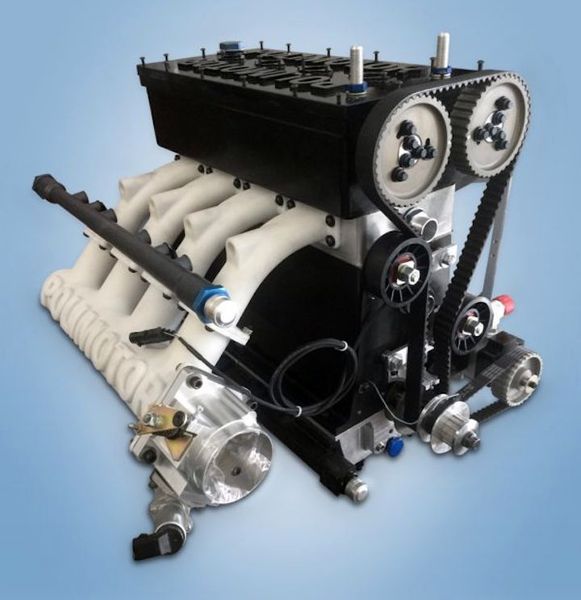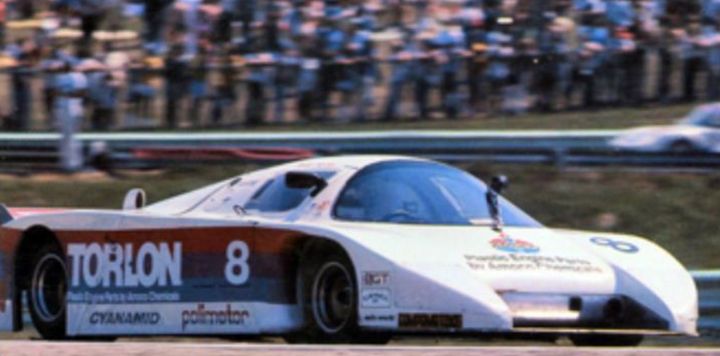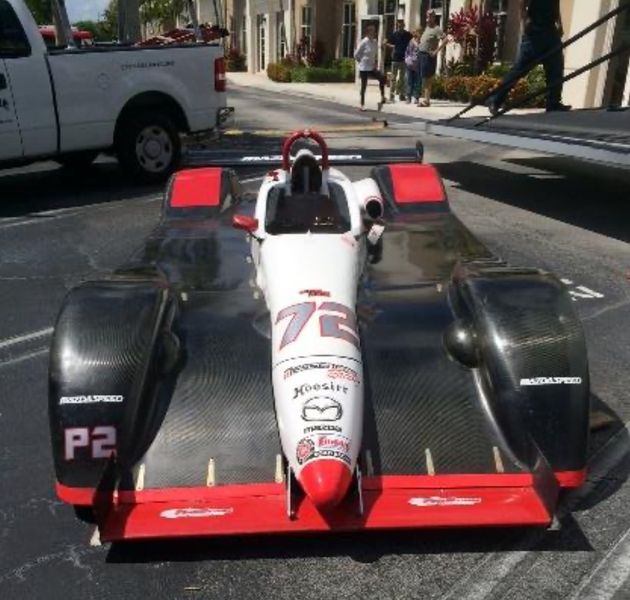
A company is apparently 3D printing fully functional internal combustion engines for racing — made from plastic!
When this was first brought to my attention I thought it was yet another one of those fascinating 3D models of engines you find on Thingiverse. You know what I’m talking about: the projects with dozens of 3D printable parts that you can assemble into a mechanical replica of, say, a V8 engine. Give it a turn and you’ll see the pistons move up and down.
Those are fun, although often a lot of work.
But the project from Polimotor is definitely not that, not that at all. They’re really producing a plastic internal combustion engine.
Plastic Automotive Engine
I was quite skeptical about this concept: internal combustion engines (ICEs) involve high heat, plenty of mechanical stress and sometimes severe operating environments. There’s no way you could produce an ICE using only plastic.
But then I looked into this a bit deeper and found that in fact Polimotor LLC has been around since 1972, when they produced the first working plastic engine. There’s even a Wikipedia page on the project, the “Plastic Automotive Engine”.
Apparently founder Matti Holtzberg has been delving into this area since the late 1960s, and found success in selling plastic pistons to racing crews in the 1970s. In 1979 he founded Polimotor, which intended to build entire engines from plastic materials.
To be truthful, their engines are actually a mix of metal and plastic, but the percentage of plastic parts is quite high, and metal is used only when absolutely necessary. An initial attempt, POLIMOTOR 1, was not used in a vehicle, but POLIMOTOR 2 successfully raced with several teams in the 1980s.

The advantage here is obviously weight. POLIMOTOR 1 was only half the weight of its metal counterparts, as much of it was made from fiberglass-reinforced thermoset compounds.

POLIMOTOR 2 involved injection molded parts that allowed more metal components to be converted to plastic equivalents.
3D Printed Polimotor
The current version, “POLIMOTOR 3D” (image at top) involves 3D printed components, and an even higher ratio of plastic to metal will be achieved — and it will weigh only 161lbs (73kg). It seems that Polimotor Research has been working with both the Fraunhofer Institute and Solvay since 2015 on this project.
This is all not surprising, given the emergence of multiple strong engineering materials for 3D printing over the years. In fact, by looking at the list of converted components on the Wikipedia page we see many now-familiar 3D printing materials, including: Carbon fiber, PEEK, PPA, PPS, PA6 and more.
Polimotor Research is thus able to design components with less weight not only due to the lighter materials, but also with designs themselves that are lighter, in the same way the aerospace industry has done with their components.
Polimotor Racing

We’re told that the intent is to begin racing with POLIMOTOR 3D some time in 2021. Polimotor Research says:
”In 2020, a normally aspirated P3D will power a sports prototype in the FARA USA series in Homestead, Florida. In 2021, a turbocharged P3D may return to hillclimbing and possibly Pikes Peak.”
We’ll be watching to see how this project proceeds.
